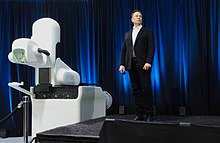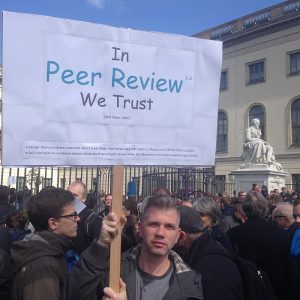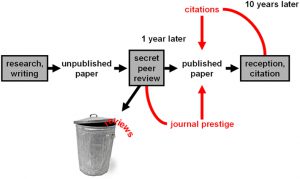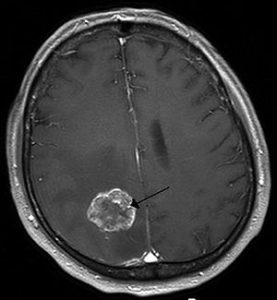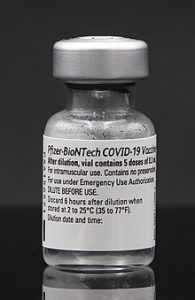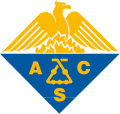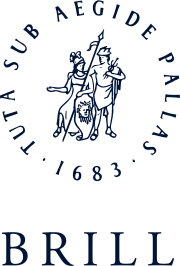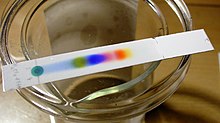
In thin layered chromatography (TLC), an adsorbent material is spread on sheet and components of a mixture get separated due to the effect of the solvent. To determine how pure a sample is or to determine the progress of a chemical reaction, most analytical chemists perform the technique of TLC.
While performing TLC in a laboratory, scientists usually separate components of a black ink or identify all the chemicals present in the extracts of a leaf. This description implies that TLC has been a qualitative technique till date. In other words, it only tells a chemist the different compounds present in a mixture. However, it cannot tell how much quantity of each component is present in the same mixture.
An innovative app named qTLC has been developed by Stefan Guldin. He and his team of researchers use photos taken by a smartphone to decipher the quantity of each component present in a mixture. This implies that qTLC app has to be combined with TLC technique to make it a quantitative and qualitative technique of analysis. Now, compound concentrations can be known through this integrative technique.
In this process, a chemist would place three samples of definite concentration. Next, the chemist would place a sample of unknown concentration. All the four samples have to laid on the TLC plate and the eluting agent has to be run over it. The coloured spots should be dried and visualized in UV light. A smartphone photograph can then be taken for review through the app.
A calibration curve is constructed using the program in the app. The app takes into consideration the spots created by the three samples of known concentration. Then, the unknown concentration of the fourth sample is estimated from the calibration curve.
Uneven illumination is corrected by the app, which is an automated version. Nevertheless, the photos have to very clear and the calibration curve has to be accurate. The size of the spot and the intensity of the spot is also determined accurately by the program. This eliminates error and bias of quantification.

